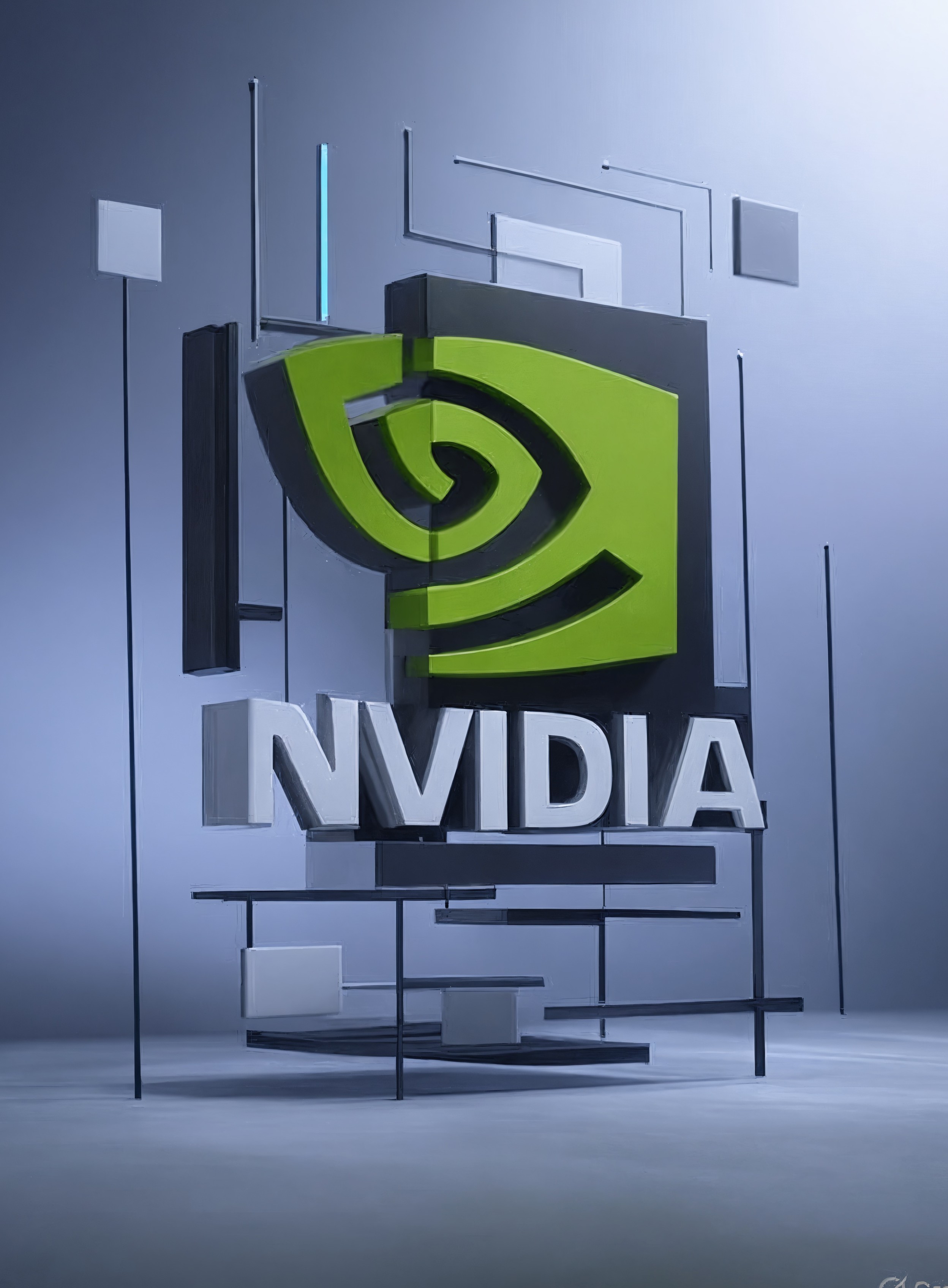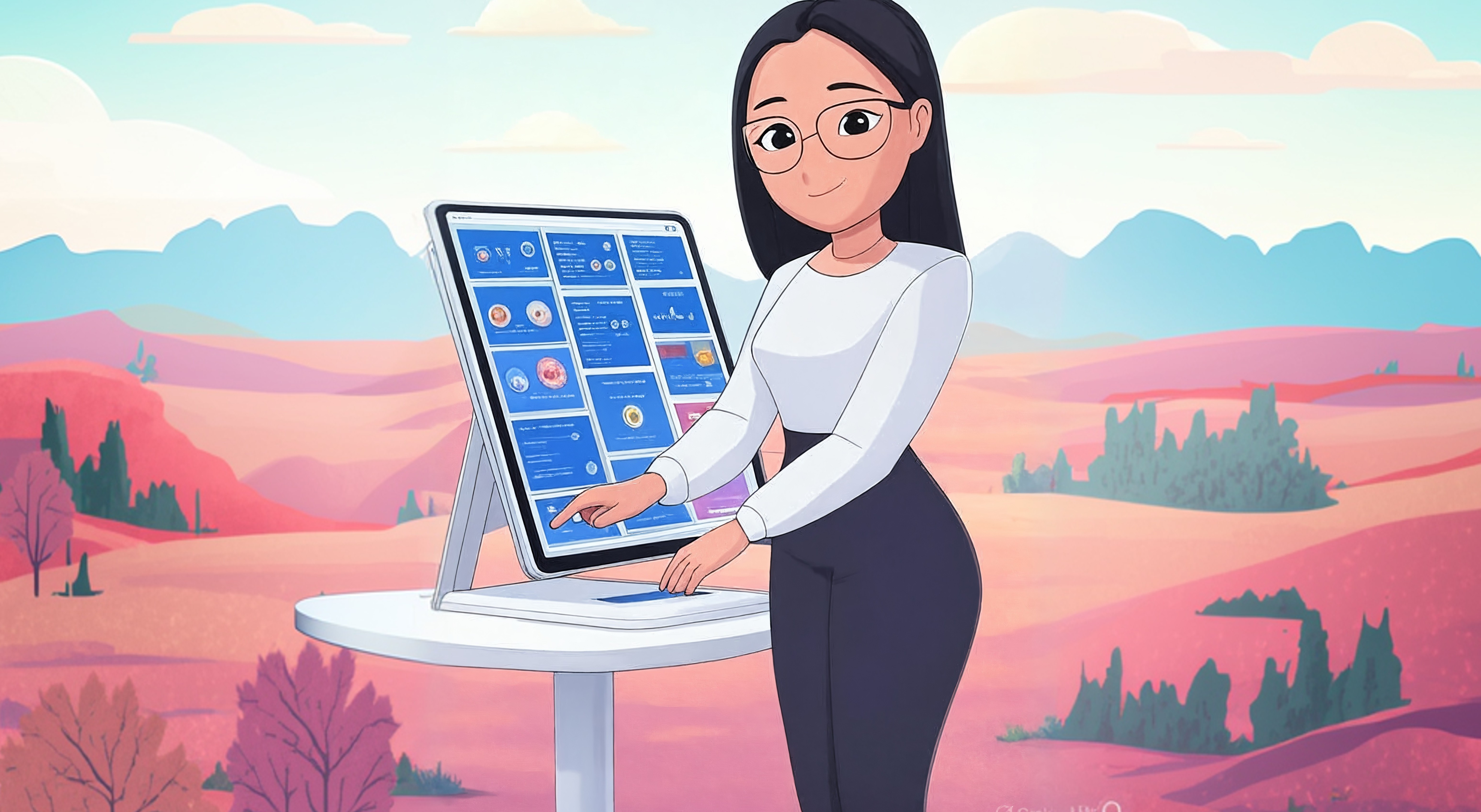
YouTube's Livestream Boost: Features and Future Impact
Livestreaming has transformed how audiences connect with creators, offering real-time interaction that builds communities and drives engagement. YouTube's latest updates signal a bold push to make this format more accessible and profitable, addressing long-standing challenges for creators while positioning the platform against rivals like Twitch. These changes arrive amid a surge in demand for live content, where 30% of daily logged-in viewers tuned into livestreams in the second quarter, highlighting a vibrant but competitive landscape.
The Core Updates Reshaping Livestreaming
YouTube's announcements at the Made on YouTube event represent the platform's most substantial overhaul of its live features to date. Central to this is the introduction of simultaneous horizontal and vertical streaming. Creators can now broadcast in both orientations at once, catering to desktop users who prefer widescreen views and mobile audiences who favor portrait mode. A unified chat room bridges these formats, ensuring viewers interact seamlessly regardless of device. This innovation eliminates the need for creators to choose between formats, potentially broadening reach and enhancing viewer retention.
Another standout feature is the AI-powered livestream highlights, which automatically clip compelling moments from streams and convert them into Shorts. This tool streamlines content repurposing, allowing creators to extend the life of their live sessions without manual editing. By leveraging AI to identify engaging segments, YouTube reduces the workload on creators, who often juggle production demands with audience growth strategies.
Mobile users gain new capabilities too, including the ability to practice streams before going live and to react in real-time to other eligible livestreams. These reaction streams build on the popularity of commentary content, minimizing copyright hurdles since they're tied directly to YouTube's ecosystem. Additionally, the integration of Playables—YouTube's gaming feature—lets streamers play games during vertical livestreams while chatting with viewers, blending entertainment with interaction.
Monetization Enhancements for Creators
Beyond production tools, YouTube emphasizes earning potential. Creators can now transition smoothly between public livestreams and members-only sessions, offering exclusive content to paying subscribers. This flexibility supports diverse revenue models, from broad audience ads to premium member perks. Ads during livestreams are expanding to mobile devices, increasing visibility and potential income.
These monetization tweaks align with broader creator economy dynamics, where platforms compete to attract talent through better payouts and tools. Aaron Filner, YouTube's senior director of product management, emphasized that these features aim to help creators get discovered, grow channels, and boost earnings. In a market where livestreaming drives significant revenue—projected to grow globally due to tech advancements and shifting preferences—such updates could help YouTube capture more of that value.
Yet, these changes also raise questions about platform governance. Expanding ads and AI tools must balance creator benefits with user experience, ensuring ads don't overwhelm live interactions. Tech policy considerations come into play here, as platforms navigate regulations around data use in AI features and fair monetization practices.
AI's Role in Content Creation and Discovery
AI integration stands out as a pivotal element in YouTube's strategy. The automated highlights feature exemplifies how machine learning can democratize content creation, making sophisticated editing accessible to smaller creators without large teams. This could level the playing field, empowering diverse voices in the creator space.
However, reliance on AI brings implications for authenticity and bias. Algorithms deciding 'highlight-worthy' moments might favor certain content styles, potentially marginalizing niche creators. Market analysis suggests this trend mirrors industry shifts, where AI from companies like Google enhances video analysis, but it also underscores the need for transparent policies to mitigate unintended biases.
Competitive Landscape and Market Analysis
YouTube's moves come as livestreaming evolves into a cornerstone of digital entertainment. Twitch has long dominated with its community-focused tools, including robust co-streaming and real-time interactions. Facebook Gaming offers similar features, intensifying the rivalry. YouTube's updates, such as live reactions and dual-format streaming, aim to close the gap by fostering more dynamic engagement.
Statistical insights reveal the stakes: with 30% of logged-in users watching live content quarterly, YouTube already commands a sizable audience. Yet, to challenge Twitch's hold, especially in gaming, YouTube must sustain innovation. The global livestreaming market's growth, fueled by interactive demands, positions these features as timely. Broader trends in video consumption—favoring shorts and live formats—suggest YouTube's hybrid approach could attract creators seeking multi-format versatility.
From a business model perspective, these enhancements strengthen YouTube's platform strategy. By integrating livestreams with Shorts and reactions, the platform creates a cohesive ecosystem that encourages longer user sessions and higher ad revenue. This interconnectedness benefits creators through cross-promotion, but it also ties them more closely to YouTube's infrastructure, raising concerns about dependency in an era of creator mobility.
Implications for Users and Society
These updates carry human-centered impacts. For creators, easier tools mean reduced barriers to entry, potentially diversifying the voices in livestreaming. Emerging streamers, including those from underrepresented groups, could benefit from AI assistance and mobile-friendly features, fostering inclusive communities.
Viewers gain from enhanced interactions, like unified chats and reaction streams, which build a sense of participation. However, increased monetization might lead to more ad-saturated experiences, prompting platforms to prioritize user satisfaction. Socially, as livestreaming grows, it influences cultural trends, from gaming to education, amplifying the need for responsible moderation to curb misinformation or harassment in real-time settings.
Looking Ahead: Predictions and Recommendations
Future developments may see YouTube expanding co-streaming, enabling seamless collaborations among creators, much like competitors. AI could evolve to offer predictive analytics for stream performance or personalized viewer recommendations, further blurring lines between creation and consumption.
To maximize impact, YouTube should invest in creator education on these tools, ensuring equitable access. Policymakers might scrutinize AI's role in content moderation, advocating for guidelines that protect user privacy. For creators, experimenting with dual formats and reactions could unlock new growth avenues, while platforms like Twitch may respond with their own innovations, spurring overall industry progress.
In conclusion, YouTube's livestream upgrades mark a strategic evolution, blending AI innovation with monetization to empower creators and engage audiences. Key takeaways include the potential for broader creator participation, intensified competition, and the ongoing need to balance tech advancements with ethical considerations. As the platform refines these features, their success will hinge on addressing user needs in a rapidly changing digital landscape.
Comments
Read more

Prime Day Camera Deals: Up to 41% Off Top Brands
Explore Prime Day's top camera and drone discounts from DJI, Sony, Canon, with analysis on tech trends and creator impacts.

Nvidia Opens AI Animation to All: Tech Shifts Ahead
Nvidia's open-source move democratizes AI avatars, intersecting with Nintendo's leadership change and Facebook's cultural reckoning in evolving tech landscapes.

Wolverine PS5 Debut and Alan Wake 2 Free: Gaming Shifts
Explore Marvel's Wolverine PS5 release and Alan Wake 2 on PS Plus, with insights on tech trends, narrative gaming, and platform strategies.